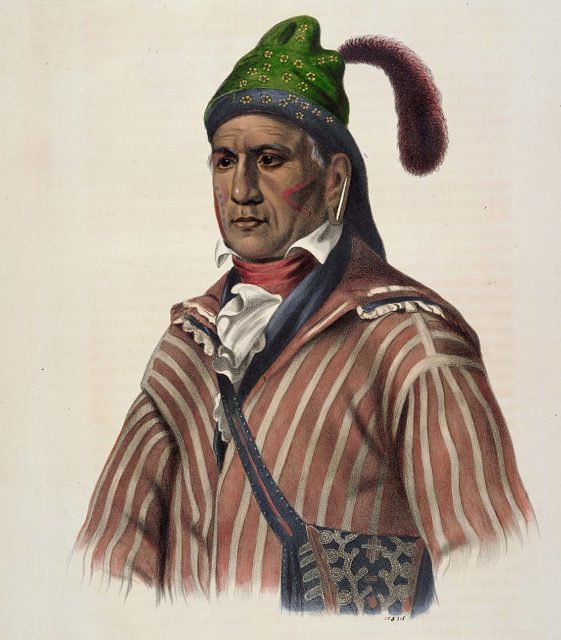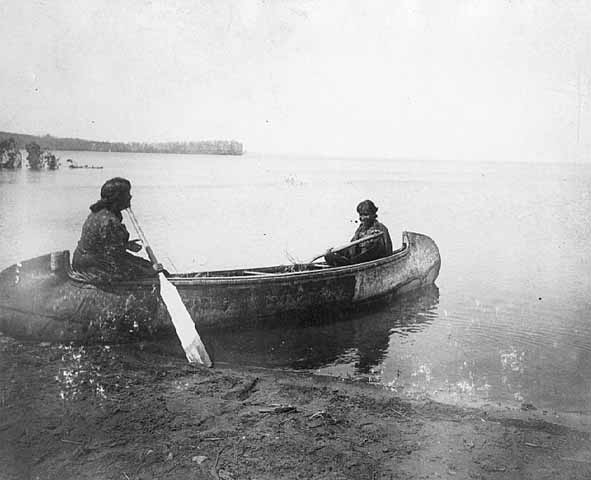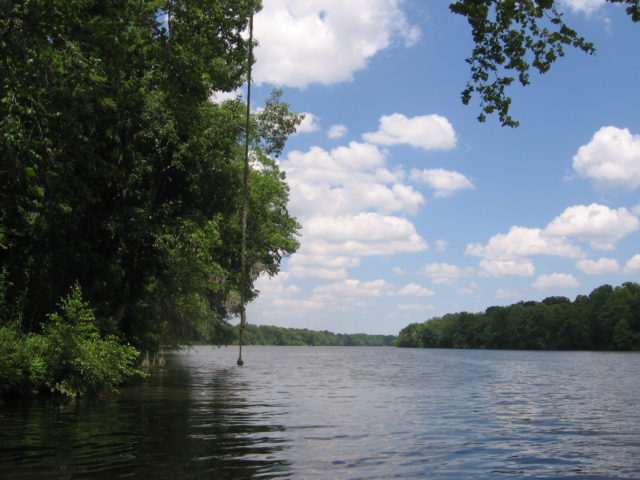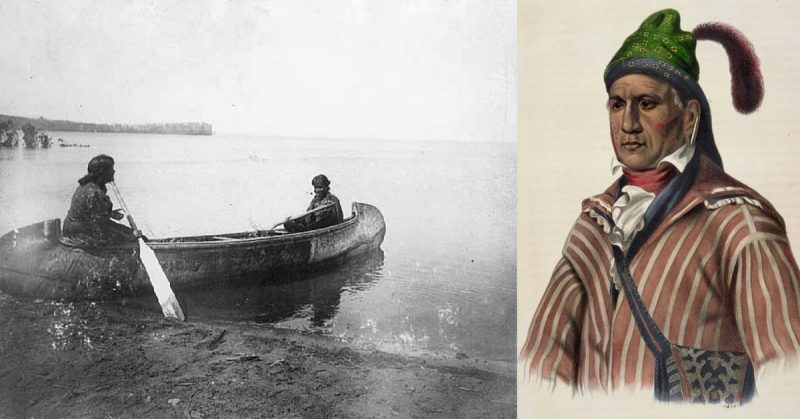The battles of the Creek Indian War were fought between small forces, usually ranging from a dozen to a few hundred men. They were no less dramatic for it, as shown by one of the most romanticized stories of the war – the canoe fight.
Crops Among the Creeks
In the fall of 1813, the Creek War had only recently begun. A massacre of settlers and soldiers at Fort Mims had stirred up passions in the United States and militias were being raised to fight against the rebel Red Stick Creek tribesmen. The Red Sticks, for their part, saw the United States presence as an encroachment upon their lands and did not trust the US to stick to its promises. They were fighting for their way of life.
With the arrival of fall, crops needed to be gathered in from settler farms, and armed men went out to protect the harvesters. The Red Sticks were continuing their war of raiding, which allowed them to intimidate settlers and obtain supplies. Nowhere in the region was entirely safe.
Dale’s Expedition
Given the danger the Raiders posed, the US forces started organizing counter-raids. In November, 72 volunteers formed an expedition to try to clear the Red Sticks out of the Lower Creek country. At their head was Captain Sam Dale, a tall, muscular, taciturn man. A veteran of the Battle of Burnt Corn, he had only just recovered from injuries taken during that fight.

Like many of those fighting in the war, Dale had lived alongside his opponents and had a good understanding of how they lived. But he had also faced them in battle already and was not afraid to go up against his former neighbors.
Tandy Walker, a well-known frontiersman, acted as the expedition’s guide.
Into Indian Country
On the 11th of November, the expedition set out from Fort Madison. They headed southeast, across the Alabama River.
Wary of his opponents, who had shown their skill in using the terrain at Burnt Corn and Fort Mims, Dale led his column cautiously up the river. Six men in two canoes traveled by water while the rest marched through the woods along the south bank of the river.
Their first encounter with the Red Sticks occurred at Peggy Bailey’s Bluff, where Dale ambushed a band of ten warriors at breakfast. Having found little more of interest, he gathered up the captured supplies and then made the fateful decision to go back across the river and try the other bank.

Divided and Attacked
The crossing was an awkward one, using two canoes to ferry scores of men across a river a quarter of a mile wide. Most of the soldiers were across, leaving only Dale and a dozen of his men with a single canoe when rifle fire burst out of the woods. The advance party for a group of 300 Red Sticks had arrived.
The soldiers took cover among the trees and bushes alongside the river and returned fire. Fortunately for them, the Creek warriors had no idea how few remained on that bank. But it was a precarious position – as soon as the attackers realized how little gunfire was heading their way, they would know that they had a huge advantage, and the soldiers would be overrun.
Danger from the River
Escape across the river was impossible. The single canoe could only carry half of the surrounded soldiers. Their departure would show the Red Sticks their advantage and leave the remaining men doomed. Dale tried to summon men back from the far bank, but fear for their lives outweighed their desire to help their friends. A group set out in the other canoe, but seeing the size of the enemy force, they got scared and turned back.
Suddenly another canoe appeared, carrying 11 Creek warriors down the river towards Dale’s position. Rather than let them land and surround his group, Dale turned three of his men to fire at the approaching canoe, leaving even fewer guns against the Warriors coming through the woods.
While the canoe was held off by gunfire, two Red Sticks leaped from it into the water and swam towards the shore. One was shot as he swam, but the other reached the bank and got away, taking with him a report of how few soldiers Dale had.

Boarding Action
Time was running out for the surrounded Americans, and so Dale settled on a bold plan. He and three other men paddled out in their small canoe, heading towards the larger Creek boat. Pulling up alongside it, Dale leaped from one vessel to the other, starting one of the smallest boarding actions in military history. Together with two of his men, he took out the nine enemy combatants. One soldier was severely injured by a blow to the head from a war club, but they managed to take out all of their opponents and capture the canoe.
Escape Across the River
Dale and his companions quickly threw the bodies of the fallen Creek crew overboard. Together, they paddled the large and small canoes back to the bank and their beleaguered comrades. Under fire from the growing number of Red Sticks, the dozen soldiers scrambled into the canoes and paddled for their lives.
Soon they were on the far bank and reunited with their comrades, leaving their opponents stuck on the opposite side of the wide river. Together, they marched back to Fort Madison.
Dale’s expedition had not been a great success. They had not driven back the rebels or enforced the dominance of the United States military. But through his quick thinking and bold action, he had robbed the Red Sticks of what should have been an easy victory. Losses had been inflicted on the Creek force, with no American soldiers dying in return.
Dale became a hero. Sometimes in war, just to have survived is the mark of success.
